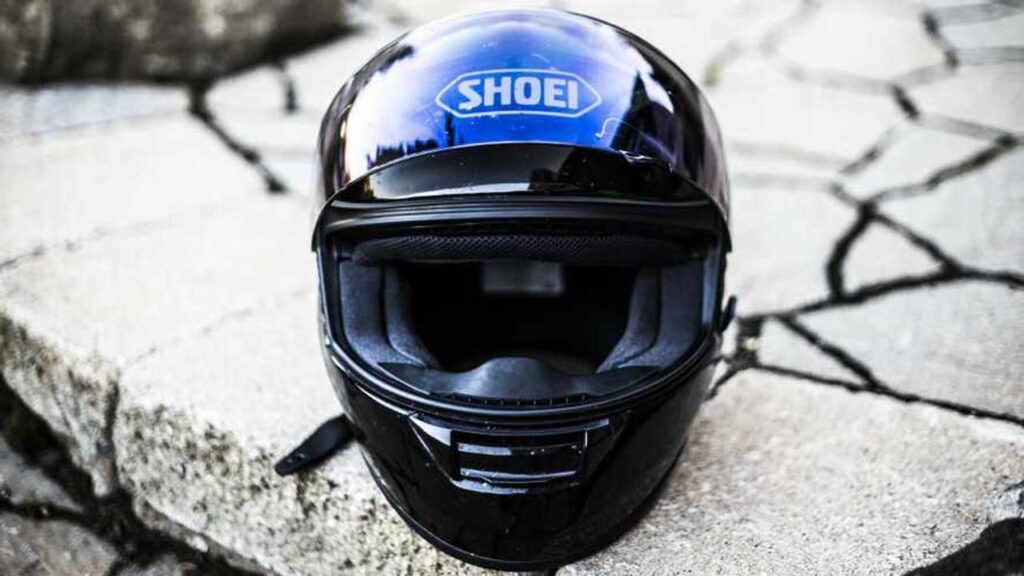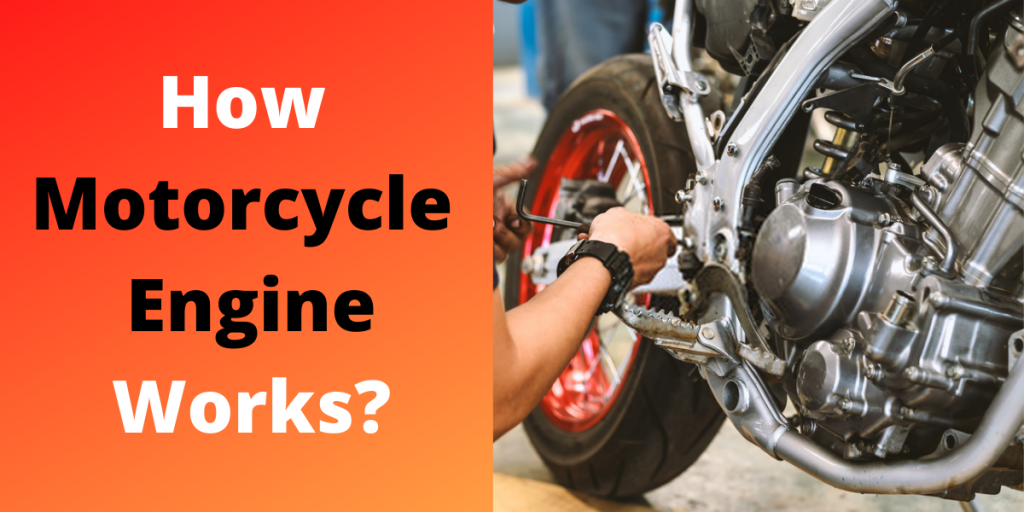Your motorcycle helmet is more than just a piece of gear—it’s your first line of defense on the road. However, like any protective equipment, helmets have a limited lifespan and require careful attention to ensure they provide adequate protection. In this comprehensive guide, we’ll delve into the intricacies of motorcycle helmet expiration, signs of wear, manufacturer recommendations, and essential considerations for replacement.
Why Helmets Expire?
While motorcycle helmets boast robust exteriors designed to withstand impact, it’s the inner components that are susceptible to degradation over time. The expanded polystyrene (EPS) foam, responsible for absorbing shocks during collisions, can degrade due to exposure to heat, moisture, and mechanical stress. Even minor accidents or accidental drops can compromise the helmet’s structural integrity, making it less effective in protecting against head injuries.
Determining When Your Helmet Needs Replacing
Manufacturers typically recommend replacing helmets every five to seven years to ensure optimal safety. However, expiration dates can vary depending on the brand and model of the helmet. To determine if your helmet is due for replacement, check the tag indicating the date of manufacture and inspect it regularly for signs of wear and tear.
Signs Your Helmet May Be Past Its Prime
Regular inspection is crucial for identifying signs of helmet degradation. Look for indications such as frayed chin straps, worn padding, faded colors, cracked shells, and structural damage. Changes in fit or comfort may also signal that the helmet is no longer suitable for use.
What Manufacturers Say: When do helmets expire?
Different helmet manufacturers have varying guidelines for helmet expiration. Here’s a brief overview of expiration durations for popular brands:
- Icon: 3-5 years
- Alpinestars: 5 years
- HJC: 3-5 years
- AGV: 7 years
- Schuberth: 5-7 years
- Shoei: 5 years
- Fox: 5 years
- Fly: 5 years
- Klim: 5 years
- Arai: 7 years
- Bell: 3 years
Answers to Your Helmet Replacement FAQs
Do I really need to replace my helmet so frequently?
Yes, regular replacement is essential to ensure optimal protection.
How much is a new motorcycle helmet?
Prices vary depending on factors such as style, construction, and brand. On average, a quality helmet costs around $300.
Do you have any recommendations for new motorcycle helmets?
Choose a helmet that fits comfortably and offers adequate protection. Consider factors such as fit, comfort, safety features, and budget when selecting a helmet.
Conclusion
Regular assessment and timely replacement of your motorcycle helmet are crucial for rider safety. By understanding the factors contributing to helmet expiration and knowing when to replace your helmet, you can enjoy every ride with confidence, knowing you’re adequately protected on the road.



